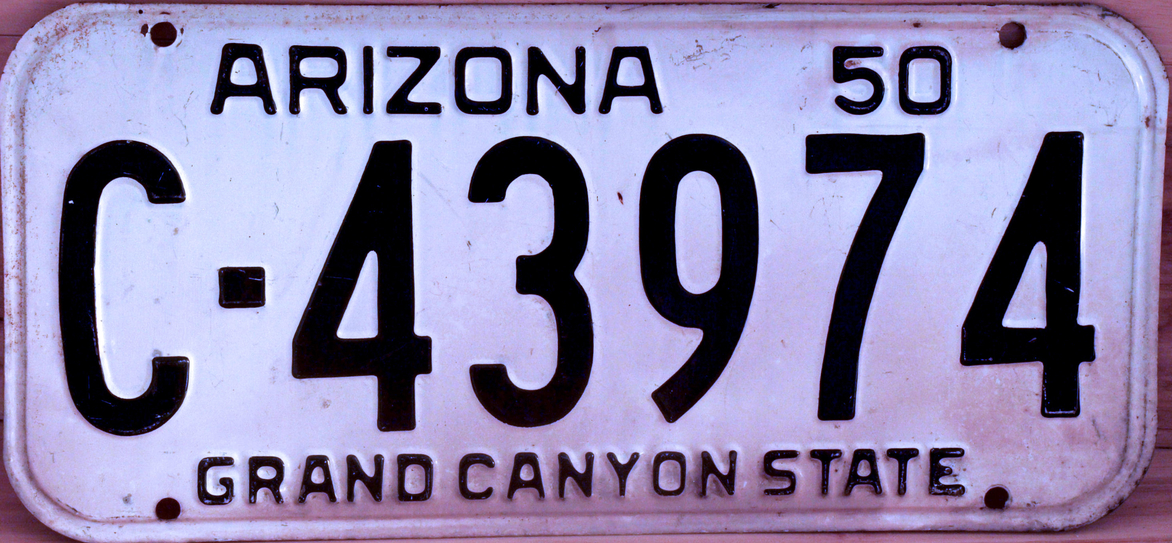This post is also available in:
 עברית (Hebrew)
עברית (Hebrew)
Automated License Plate Readers (ALPRs) are probably the most common mass surveillance technology in use by law enforcement agencies. But they’re not always used in the same way. Typically, these systems are comprised of high-speed cameras connected to computers that photograph every license plate that passes. The photo is converted to letters and numbers, which are attached to a time and location stamp, then uploaded to a central server. This enables identification and recording locations of vehicles in real time and where those vehicles have been in the past. Using this information, police could establish driving patterns for individual cars.
The type of data ALPRs collect, analyze, and access often depends on what kind of systems they use and how they combine the data. Whether you’re a policymaker, journalist, or a citizen watchdog, it is important to note the specifics about how these technologies are used.
Many law enforcement agencies install ALPR cameras in a fixed location, such as permanently affixing the cameras to traffic lights, telephone poles, or at the entrances of facilities.
Police patrol cars can also be outfitted with ALPR cameras, allowing law enforcement officers to capture and screen plates as they drive along their normal beat or from crime scene to crime scene. Mobile ALPR cameras are also more effective at capturing the license plates of parked cars than stationary or semi-stationary cameras. With mobile ALPRs, officers can drive around a mall parking lot and pick up the plates of everyone shopping at that moment. Of more concern to civil libertarians is the ability for law enforcement to target sensitive places, such as centers of religious worship, health facilities, immigration clinics, union halls, political headquarters, and gun shops. Only two patrol cars in Oakland, for example, were able to cover most of the city in a week of driving around, with a disproportionate amount of coverage in Black and Hispanic neighborhoods.
According to eff.org, a law enforcement agency does not even need to acquire its own ALPR cameras to access ALPR data. Private companies, such as Vigilant Solutions, deploy their own fleet of vehicles equipped with ALPR cameras. The companies then make this data available to law enforcement on a subscription basis. Unlike the other types of ALPR, this private collection does not include many of the safeguards sometimes found in the government sector, such as transparency requirements, retention limits, and policies approved by an elected body.
One common practice is for law enforcement to create targeted “hot lists” of vehicles, such as plate numbers of stolen cars or cars suspected of being involved in crimes or gang activity.
While these are the main ways ALPR is used, it’s important to recognize some of the adjacent technologies. For example, red light cameras and automated speed traps often use ALPR technology. However, they are usually designed to only collect data on suspected violators, not the public at large. Toll roads and bridges also deploy ALPR technologies to make it more convenient to send bills to drivers. In addition, agencies are combining biometric technology with ALPRs, such as facial recognition or the ability to determine whether someone in the carpool lane actually has a passenger.
When policymakers are considering whether to adopt ALPR technology, it is not a simple yes-no question, will these cameras be mobile or stationary? how long data will be retained? who outside the agency can access the data? No police chief or elected official should sign off on an ALPR purchase without first answering these questions and balancing them against their constituents’ rights to privacy. ALPR tech poses a unique threat to privacy because it collects information on everyone, not just those connected to crimes. These systems wouldn’t work at all if the government did not require drivers to post identifying numbers in public view. But unlike an officer writing down plate numbers by hand, the collection and storage on a massive, automated scale can reveal intimate details of our travel patterns that should be none of the government’s business.


























